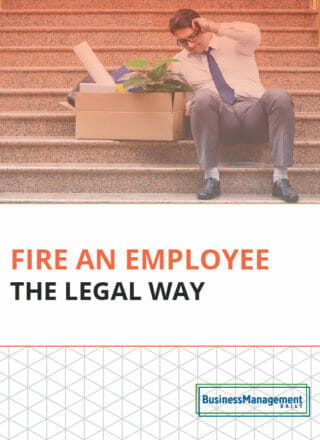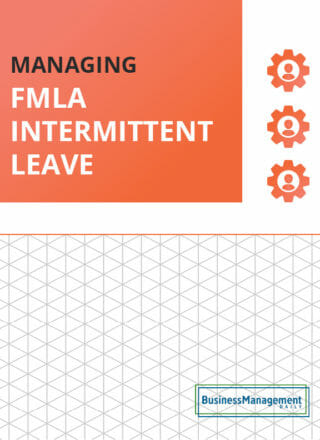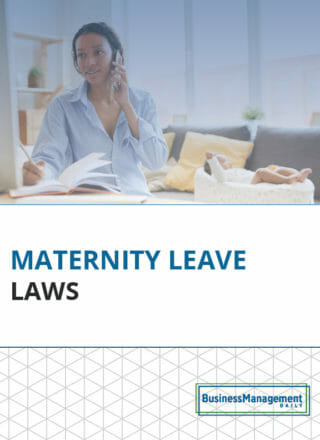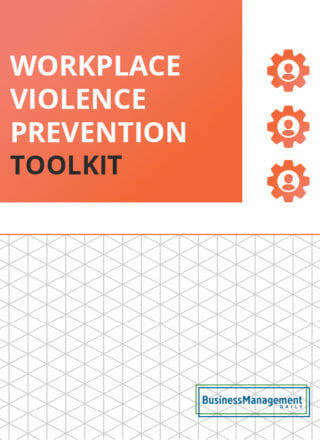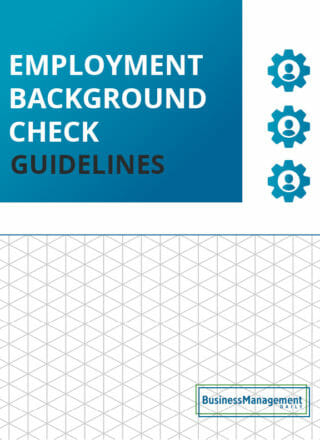U.S. Supreme Court bars discrimination against LGBT employees
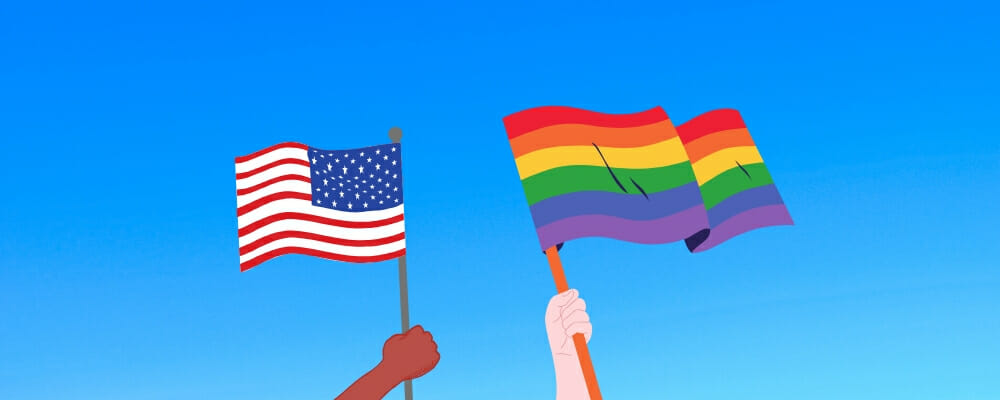
The U.S. Supreme Court has ruled that employers cannot legally discriminate against employees based on their sexual orientation or status as transgender. Doing so is sex discrimination under Title VII of the Civil Rights Act. Employers covered by the Title VII must immediately implement policies that bar discrimination against gay and transgender workers.
The 6-3 decision in three related cases ends decades of conflict over whether sex discrimination should be broadly defined. Title VII of the Civil Rights Act of 1964 prohibits discrimination based on sex. Until now, the Supreme Court had refused to consider sexual orientation or gender identity discrimination as sex discrimination. Writing for the majority, Donald Trump appointee Neil Gorsuch said:
“An employer who fires an individual merely for being gay or transgender violates Title VII… An employer who fires an individual for being homosexual or transgender fires that person for traits or actions it would not have questioned in members of a different sex. Sex plays a necessary and undisguisable role in the decision, exactly what Title VII forbids.”
Joining Justice Gorsuch in the majority were Chief Justice John Roberts, also a conservative, as well as more liberal Justices Stephen Breyer, Ruth Bader Ginsburg, Elena Kagan, and Sonia Sotomayor. Justices Samuel Alito Jr., Brett Kavanaugh, and Clarence Thomas, the remaining conservative justices, dissented.
Background
For decades, employers assumed that Title VII of the Civil Rights Act’s sex discrimination prohibition didn’t include sexual orientation discrimination nor discrimination based on gender identity or transgender status. While not specifically excluded from the definition of sex in Title VII, courts consistently refused to read sexual orientation discrimination into the definition of sex discrimination. Thus, no federal law prevented employers from discriminating based on sexual orientation or gender identity.
The legal system does not operate in a vacuum. Society became more open to accepting gay, lesbian, and transgender persons. Courts began to move away from the idea that only heterosexual orientation was “normal.” And the Supreme Court began expanding the type of discrimination that could be sex discrimination. Sexual harassment, sex stereotyping, and sexually hostile work environment claims became common. Employers cannot pay one sex less, demand that one sex adheres to sex stereotypes, or ignore a hostile work environment. But neither Congress nor the Supreme Court added sexual orientation discrimination or gender identity to the expanding definition of sex. Both had the opportunity many times to do just that.
State and local legislative bodies stepped in when their constituents demanded action. Many cities and some states began passing laws banning sexual orientation and gender identity discrimination in the workplace. The EEOC expanded its definition of workplace sex discrimination to include sexual orientation discrimination and gender identity. The agency, employee, and LGBT rights groups and plaintiff’s lawyers then began filing test cases across the country. Their goal was to push the issue into the Supreme Court’s lap for a final, nationwide decision. They succeeded. Three cases made their way onto the Supreme Court docket.
The Supreme Court decides the cases on its yearly docket by the end of June. This year, public opinion on discrimination and harassment shifted further towards inclusiveness. And June has for years been designated as LGBTQ Pride Month. The day before the decision, thousands of protestors showed up in support of transgender rights in New York, Chicago, Los Angeles, and other cities.
The cases before the Supreme Court
The three cases the court agreed to hear shared a common question. The employer in each case admitted that their employee was fired for being or transgender. The employers didn’t allege poor performance or any other reason for firing the employees. The only question before the court was whether Title VII’s sex discrimination prohibition applies to gay or transgender workers.
- In Altitude Express v. Zarda, a female skydiving student told her male instructor she was uncomfortable strapped to him. He explained she had nothing to fear because he was gay. The student told her boyfriend, who complained to the employer. It fired the instructor. He went to the EEOC, alleging the employer violated Title VII of the Civil Rights Act when it fired him. His employer argued that Title VII did not cover sexual orientation. The employer won in District Court but lost in the Second Circuit. It appealed to the Supreme Court.
- In G. & G.R. Harris Funeral Homes Inc. v. EEOC, a Detroit funeral home had a gender-specific dress code for its employees. Men wore suits and ties. Women wore dresses or skirts and a jacket. For six years, the employee worked as a male and wore a suit and tie. The employee underwent counseling and determined he was transgender. Because the dress code required females to wear a dress or skirted suit, he told his employer that he would begin doing so. The employee was immediately discharged. The employee went to the EEOC, which had recently changed its stand on whether Title VII covered sexual orientation and gender identity discrimination. The EEOC sued. The trial court ruled for the funeral home, concluding that Title VII doesn’t protect gender identity and the EEOC appealed. The Sixth Circuit reversed, concluding Title VII does bar gender identity discrimination. The funeral home then appealed to the U.S. Supreme Court.
- The third case, Bostock v. Clayton County, Georgia, involved a county child welfare coordinator. He claimed a county manager found out he had joined a gay softball team. The county soon after fired him. He sued and lost at the federal district court, which said Title VII does not cover sexual orientation discrimination. The Eleventh Circuit Court of Appeals rejected his appeal. The Supreme Court then agreed to hear the case and the other two.
What now?
Employers already subject to state or local laws that bar LGBTQ discrimination need do little. Likely, they already have non-discrimination policies and practices in place. You can use the guidance below as a check on your existing policies.
Other employers must immediately take decisive action to stop, reverse and prevent all forms of sex discrimination. It’s not enough to simply add sexual orientation, gender identity, and transgender status to your anti-discrimination statement. You must rewrite policies, handbooks, training manuals, evaluation procedures, and anti-discrimination statements. Employees and supervisors must receive training. And employers must treat discrimination complaints about sexual orientation and gender identity as any other sex discrimination or harassment complaint. That means a prompt investigation followed by action and vigilance against supervisor retaliation. Here’s a step-by-step guide:
Review all existing policies on sexual orientation discrimination
First things first, redefine sex discrimination to include discrimination and harassment based on sexual orientation, gender identity, and transgender status. Remove any language that overtly allows now-illegal discrimination.
- Gender-bases dress and grooming codes may be problematic now. Although not directly addressed in the decision, a dress code was the trigger for the lawsuit against the funeral home. The employee told her employer she would follow the dress code for women as she transitioned. That threat prompted her discharge. Include a revision of any gender-bases dress policies that require stereotypical dress codes like requiring females to wear dresses or skirts and males to wear suits or requires employees to abide by dress policies based on gender at birth.
- Update your complaint processes so workers know where, how, and when to get help with LGBT discrimination questions and complaints. Remember, under this decision, sexual harassment based on LGBT status is sex discrimination. Employers have no harassment defense without a policy and process to prevent and stop harassment. If employers can show the employee knew about the policy and didn’t use it, the employee usually has no case. The exception is if a supervisor did the harassing and the employee was fired, demoted, or otherwise punished.
- Announce the new policies. A crucial step to addressing lingering discrimination based on sexual orientation and gender identity is to announce your organization’s new policy. Include a statement about the Supreme Court’s ruling and your desire to adhere to the letter and spirit of the decision. Remind supervisors and managers that your organization has zero-tolerance for any form of sex discrimination.
- Inspect workplaces. HR should conduct thorough and immediate inspections of all workplaces, including remote ones. Check for any posters, graffiti, or other materials that could contribute to a hostile work environment.
- Reconsider bathroom assignments. The ruling did not directly affect gender-based bathrooms. However, the Supreme Court dismissed an appeal about bathroom choice last year. It let stand a school district’s rule that transgender people may choose which bathroom to use. Review bathroom assignments based on gender. Then either allow workers to use the bathroom of their choice or establish gender-neutral facilities if feasible.
- Review past employee complaints. While not required by the decision, you may want to look back on prior complaints. Did you reject a complaint about sexual orientation harassment or discrimination? Does the employee still work for you? If so, consider remedying the complaint, especially if it deals with a promotion or demotion. Ask the employee whether the alleged discrimination is still occurring. If so, take action.

